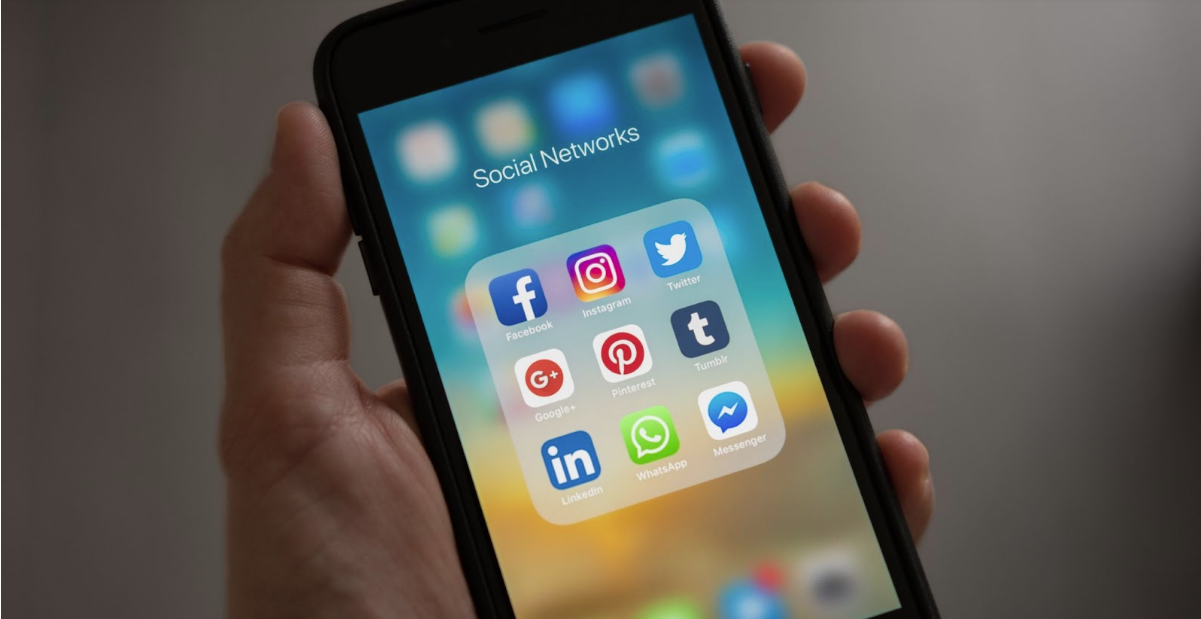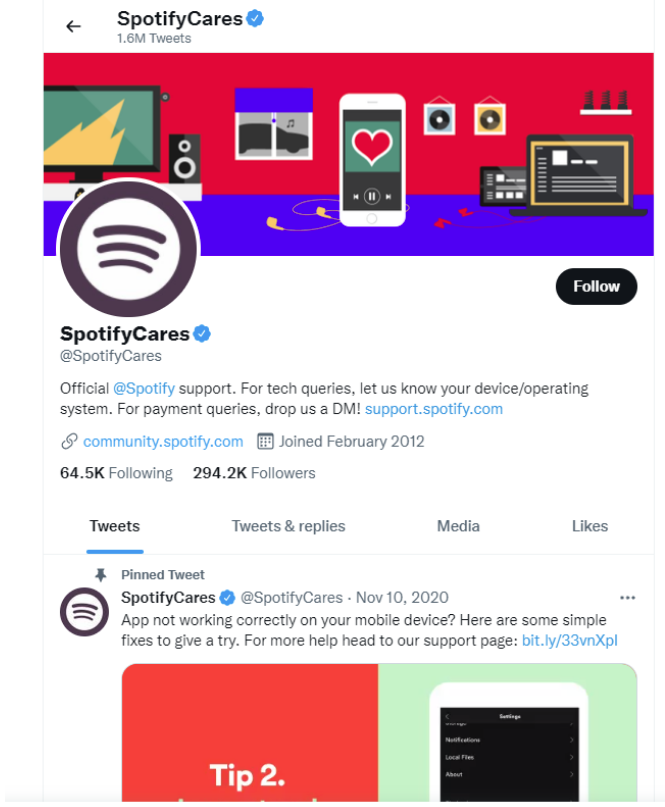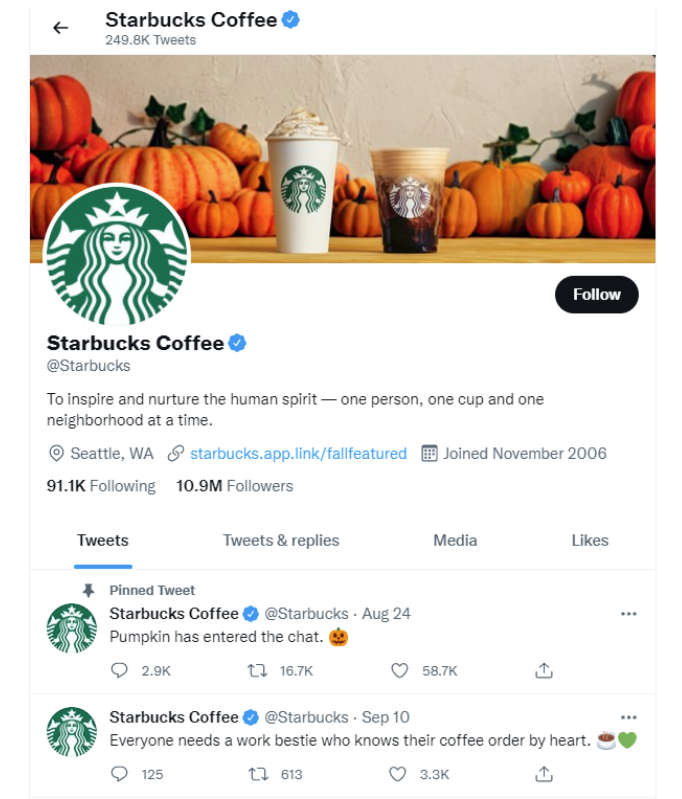If you are in charge of social media customer service, the first thing that you need to know is that people who use social networks for customer service expect a lot more than they would from a company’s main website.
This means that your response to any customer questions or complaints needs to be quick and personal. Social networking sites have made it easier than ever before for customers to share their opinions with the world, so make sure yours are always positive. This article will teach you how.
Pick the best social media platforms for your business
The most important thing that you need to remember if you want to succeed in social media customer service is that it all depends on your target audience.
Choosing the social media platform where your audience hangs out is one of the most important decisions you will make.
Photo by Tracy Le Blanc from Pexels
Some companies may choose to use Facebook, Twitter, and Instagram as their main platforms, while others may decide that Pinterest or Tumblr would be better suited for their visual nature. Whatever you choose, always remember who your audience is and what they expect from you.
Monitor social media mentions
Once you have your social media platforms sorted out, it’s time to start monitoring customer mentions and responding.
The best way to do this is by using an online service like Hootsuite or Mention, which allows you to follow multiple social media accounts at the same time. These services also come with built-in social media analytics tools that will monitor how often people are talking about your company and what they’re saying.
With these tools, you can easily find complaints from unhappy customers so that you can respond quickly before anyone gets upset enough to share negative reviews. Moreover, services like the ones mentioned above allow you to set up automatic responses for keywords. This means that responding to queries mentioning specific items becomes that much easier.
Expand your idea of what customer service can be
In the past, it was enough for most companies to simply respond to customer complaints and provide support.
Today, starting an online business means that you need to consider social media customer service from the get-go. This type of customer service is more than just replying to direct messages or comments—customers expect companies to be as active on social media as they are. This means that you need to get creative if you want your company profiles on various platforms to stand out.
You could ask customers which topics interest them most and what kind of posts they would like to see for them to keep following you. Another possibility is crowdsourcing content ideas from followers and promoting their work via your profile.
Photo by cottonbro from Pexels
The key here is not making people feel like they are wasting time by asking random questions that have nothing to do with your brand—these questions need to be on point to allow you to conduct user research and improve based on the response you get.
Manage customer expectations
One of the main issues that customers have with social media customer service is that sometimes companies are not only failing to give the right solutions to complaints on social media, but they’re also doing a poor job of managing customers’ expectations in the first place.
What this means is that if you get many customer questions, make sure you have an answering system in place. This way, people won’t feel like they wasted their time by asking questions and waiting too long for a response.
Always respond
When it comes to social media customer service, everything starts with a response. A social media manager might be the right person to ensure your company stays on top of this.
You need to remember that people expect a quick response when they send questions or complaints on social networks. It’s not enough just to answer—you must always reply promptly and politely.
If your customers are asking questions about products or services, provide the answers as quickly as possible so that people know what they’re getting before they spend their money.
Remember: if someone asked you in person whether or not something was available and you didn’t tell them straight away, how would you feel? The same applies on social media—that is the reality that we’ve living in. People will take their business elsewhere if they receive a slow response from your company.
Use the right tone of voice
One of the things that social media makes possible for business owners is using a personal tone of voice when addressing customers. This is great because it shows people that you’re not just another anonymous company, but a real person who understands their needs and can offer direct, personalized support.
However, this doesn’t mean you should use casual language or emojis to reply to people on Twitter. You must always stay professional when delivering an answer. If you want your company’s social media accounts to be viewed as reliable and trustworthy, then stick with communication that demonstrates your company voice at all times. Remember: there’s no better way to build trust than by demonstrating expertise in your field.
Use your knowledge base to make things easy
If you’re not sure how to answer a question, don’t reply with “I don’t know” or “let me find out and get back to you”.
Photo by: http://helpiewp.com
Instead, do what the big companies do: its FAQ section has answers for some of the most common questions. If people ask you something that’s already been answered in your knowledge base, point them to it directly. People will be grateful because they’ll feel like you care about their concerns—plus, they won’t have to wait for an answer that might never come.
Also, when you have a good amount of questions that customers have asked, why not write content about it or even host your own podcast and invite clients to join? This is a great way to share your knowledge and expertise while gaining valuable points in the eyes of your social media clients.
Try a chatbot for common service requests
One of the drawbacks of FAQ sections is that they are often incomplete (especially as you are building them up), which can make customers feel ignored and frustrated.
Thankfully, there’s another way to tackle this problem: chatbots. These intelligent computer programs can mimic human conversations so people will have the same experience as if they were talking to a real customer service agent.
They’re good for simple questions such as “I just bought an item—how do I get it?”, or “I’m a new user—what do I need to know?”.
If you want your business to stay ahead of the curve and show people that you care about their time, then try using a bot. It will also help you avoid wasting employees’ time by replying to basic questions.
Follow up on customer requests after they are resolved
The worst thing you can do once a customer has complained is to send them a one-off reply and then leave them alone.
Your customers will feel neglected if they don’t see any follow-up on what was said, especially when the problem is related to something that’s not right with your product or service.
For example: imagine someone asks why delivery takes so long for your business, and you answer by saying “we want to give customers the best experience possible”. Well done, but how many people will believe this? It would be much better if you followed up with something like “it’s true – we are looking into ways of increasing our speed” instead and then, checked in a few days later to see if the ordered products had actually arrived.
This way, people won’t feel like they’re being patronized and will be more likely to trust you in the future.
Be realistic about your responses
One of the most common complaints that customers have about social media customer service is getting a canned response. People don’t want to feel like they’re talking to a robot, so try and make sure that your responses are personalized as much as possible.
If you really can’t respond personally, then try and find an appropriate template for replies. You could also ask employees who have direct contact with customers on social media networks to take their notes about each interaction so that they can share them later if another similar question comes up.
Of course, the best way to avoid this problem is by having enough employees working in shifts during peak hours to chat with customers instead of sharing the same canned response.
3 examples of great customer service on social media
There are so many examples of great companies whose social media customer service has earned them a lot of loyal fans.
One great example is Spotify: nowadays, people pay for their music and they expect it to be there at the press of a few buttons.
That is why Spotify created its own @SpotifyCares Twitter channel. It allows them to understand their customers better and deal with any issues they are facing.
Image credit: https://twitter.com/SpotifyCares
Another example is Netflix, a company that listens closely to what others are saying and is not afraid to share user content on its own channel.
Image credit: https://twitter.com/netflix
Finally, let’s have a look at Starbucks Coffee. Their Twitter channel is filled with examples of great answers given to customers who have sub-par experiences, allowing this company to turn such experiences around.
Their channel also has plenty of examples of great tweets that are memorable and drive the required point home.
Image credit: https://twitter.com/Starbucks
What is social listening, why it matters, how to make it happen
Social listening refers to the process of identifying relevant conversations for a business to participate in, across social media networks. This is useful for both self-employed people that trying to get their finger on the pulse about what’s being said about them as well as organizations with hundreds of employees who are trying to stay on top of personalized customer service.
Not only will social listening allow people who need help with your product or service to be able to contact you directly, but it will also give you more insight into what your target audience thinks and feels about certain things. So how does social listening work?
Well, first of all, you’ll need an advanced monitoring solution that is capable of doing two things: 1) searching for relevant topics within messages sent by different social media users, and 2) identifying the social media accounts that are talking about you – this is the perfect opportunity to use the right branding tools to become more well-known in your space.
Even though software can help, you can’t fully trust automated solutions to get the job done on their own. They simply aren’t smart enough yet, so you’ll need to hire people to monitor conversations manually for now.
The importance of being available
Often, people who want to contact businesses on social media will have a question or problem that needs to be solved quickly.
When they encounter an unresponsive business, it can often lead to them giving up and reaching out elsewhere (a competitor’s business).
This is especially important when it comes to companies like airlines or banks: when things go wrong with flights or transactions customers need someone they can talk to right away so that their problems can be taken care of. If not, then you might see a major hit in sales.
Being available 24/7 might seem impossible if your company has limited resources but there are ways around this, such as chatbots as mentioned above.
Social is a great opportunity to ask for feedback
How many of your customers are aware of the little surveys you send them after they make a purchase?
Photo by Tima Miroshnichenko from Pexels
If it’s just a couple, then chances are that these surveys never get answered. On the other hand, social media is an amazing way to do this because people already have their smartphones in their hands and it’s much easier for them to take 5 minutes out of their day immediately after purchasing something, than when they’re sitting at work or home.
When your customers reply to your social media surveys, analyze the data and then respond as fast as possible. This will show that you care about what they think and feel which will make them more likely to buy from you again in the future.
Wrap up
In conclusion, to provide great social media customer service you need to be able to identify problems or questions that people are having, and be able to do it fast.
The only way you can do this is by listening carefully and responding quickly. Another important thing is asking for feedback because it will give you a better idea of how your customers perceive your business.
Keep these tips in mind when it comes to your social media customer service and you will see a growth in the number of sales as well as happy, long-term customers.















